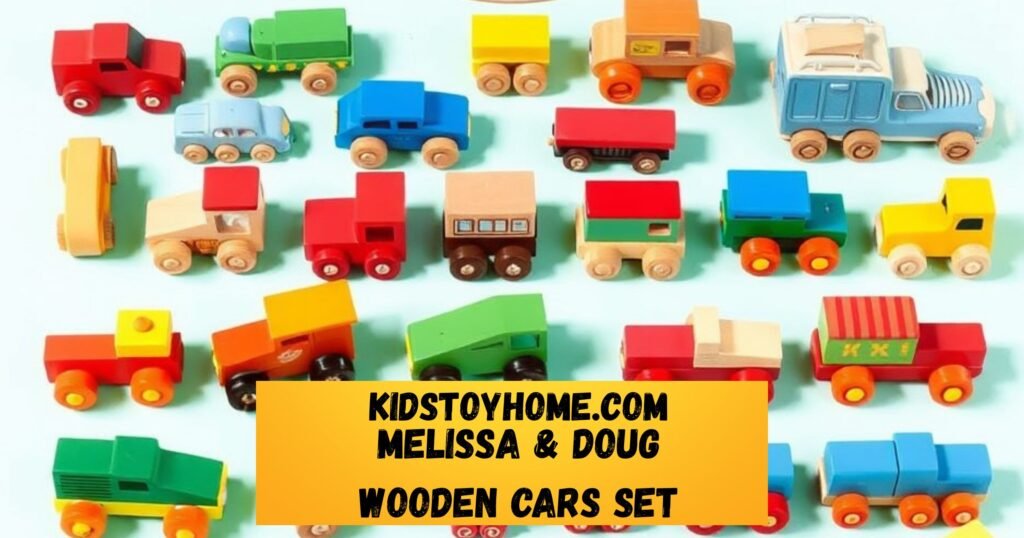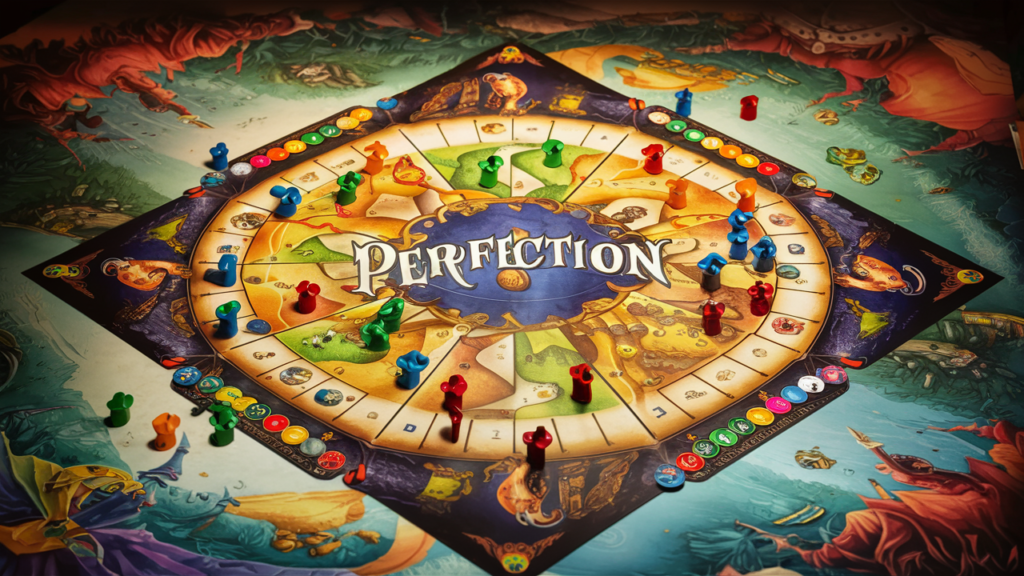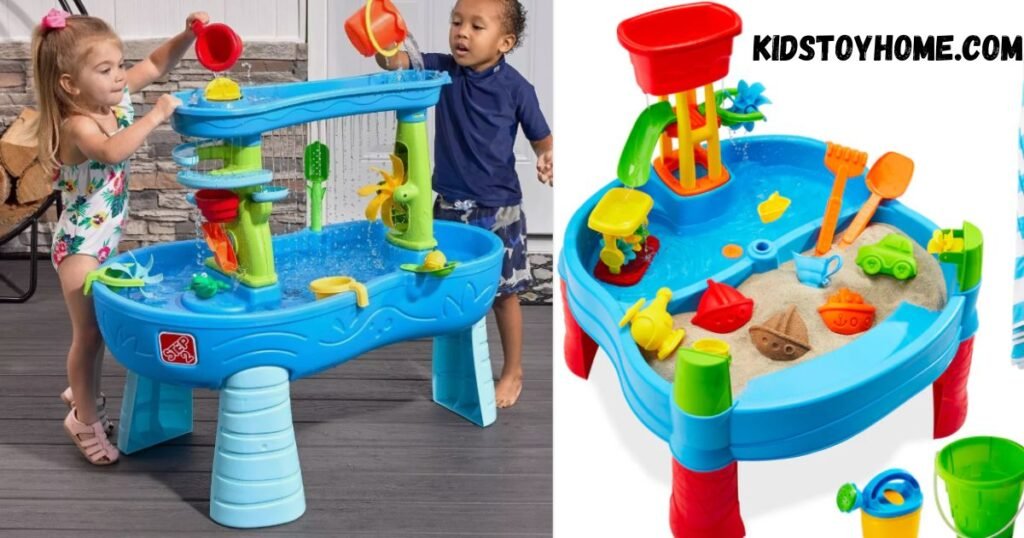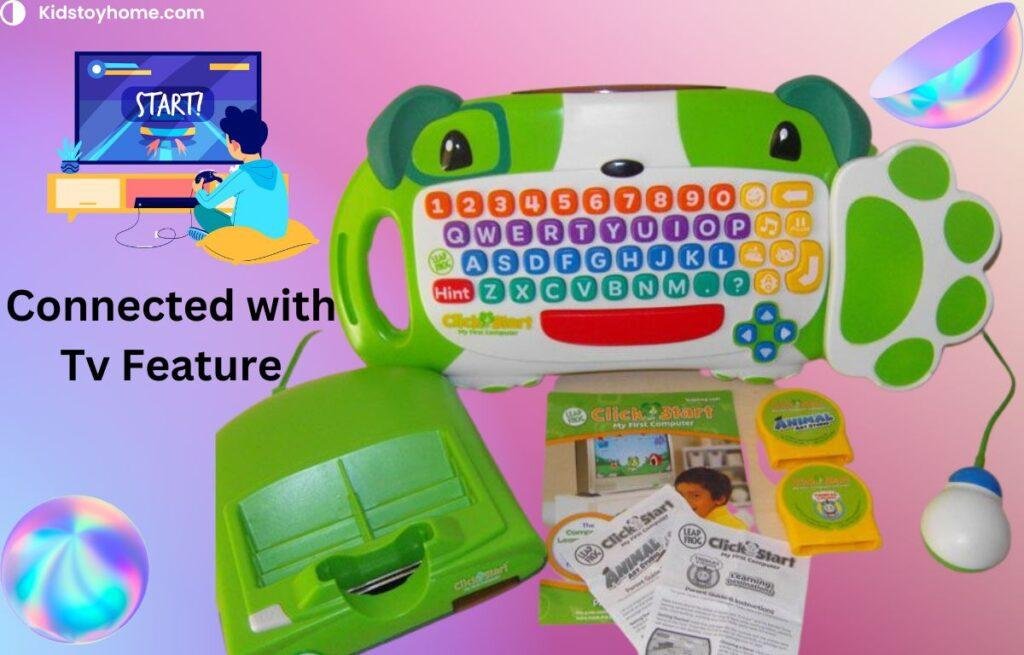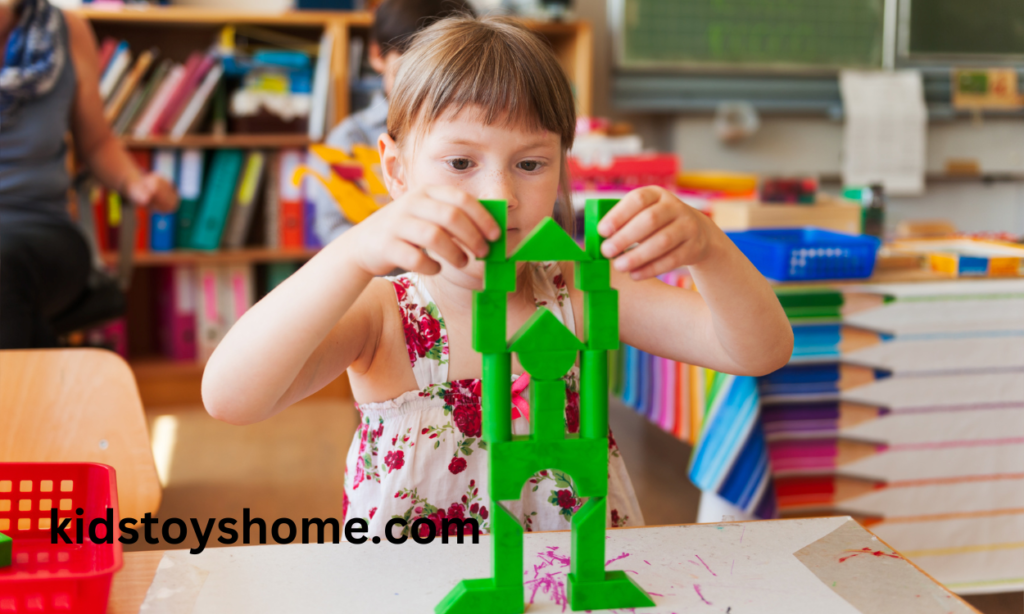The first step in teaching a growth mindset to children is to help them recognize when they are operating from a fixed mindset. This involves identifying thoughts and behaviors that suggest they believe their abilities are static and unchangeable. By pointing out these moments and discussing them, children can start to understand the difference between a fixed and a growth mindset.
Once children understand what a fixed mindset looks like, it’s important to emphasize the value of effort and persistence. Praising hard work, strategies, and progress rather than innate talent helps children appreciate the learning process. This can be reinforced through stories, examples, and personal experiences that highlight how perseverance leads to improvement and success.
Children learn a lot by observing the adults around them. Modeling positive self-talk and demonstrating how to reframe challenges and setbacks as opportunities for growth can significantly impact a child’s mindset. Teaching children to use phrases like “I can’t do this yet” or “Mistakes help me learn” encourages a positive attitude toward learning and growth.
WHAT IS A GROWTH MINDSET?

A growth mindset is the belief that abilities and intelligence can be developed through effort, learning, and persistence. People with a growth mindset see challenges as opportunities to grow. They understand that effort and hard work are essential for improvement.
Instead of giving up when things get tough, they keep trying and learn from their mistakes. This mindset encourages continuous learning and resilience. By embracing a growth mindset, individuals can achieve their full potential and enjoy growing and learning.
HOW TO USE THIS GUIDE?

To use this guide, start by carefully reading each section. Take notes on the key points and consider how they apply to your situation. Try out the suggested strategies and techniques one at a time.
Reflect on what works best for you and make adjustments as needed. Use the guide as a reference whenever you need a reminder or extra support. This way, you can get the most benefit from the advice and tips provided.
What to Do After This Guide
After finishing this guide, continue practicing the techniques you learned. Reflect on what worked well and what didn’t. Seek additional resources to deepen your understanding. Stay committed to applying a growth mindset in your daily life. Share your experiences with others and support them in their growth journey. Remember, developing a growth mindset is an ongoing process.
Week One: Introduce It
In the first week, introduce the concept of a growth mindset to your children. Explain how abilities can be developed through effort and learning. Use simple language and real-life examples. Discuss why a growth mindset is important and how it can help them. Make sure they understand the basic idea and feel excited about learning more.
Share Examples from Your Own Lives
Share stories from your own life that illustrate a growth mindset. Talk about the challenges you faced and how you overcame them with effort and perseverance. Highlight how you learned from your mistakes and kept improving. These personal examples can make the concept more relatable and inspiring for your children.
Suggested Resources for Week One:
Use books, videos, and activities to introduce the growth mindset. Books like “The Most Magnificent Thing” by Ashley Spires can be helpful. Watch videos like Carol Dweck’s TED Talk on the growth mindset. Engage in activities that emphasize effort and learning, such as puzzles or challenging games.
Week Two: Notice It
In the second week, help your children notice when they are using a fixed or growth mindset. Encourage them to pay attention to their thoughts and reactions. Discuss moments when they felt challenged and how they responded. Guide them to recognize when they can shift their mindset from fixed to growth.
Suggested Resources for Week Two:
Use resources that help children identify fixed and growth mindset behaviors. Journals or worksheets where they can record their thoughts and experiences can be useful. Interactive games or apps that promote self-reflection can also support this week’s focus.
Week Three: Model It
In the third week, exemplify a growth mindset through your actions. Showcase how you tackle challenges and setbacks with a positive attitude. Incorporate growth mindset language in your discussions. Illustrate persistence, effort, and a readiness to learn. Your children will gain valuable insights by observing your approach to difficulties.
Suggested Resources for Week Three:
Find resources that show a growth mindset in action. Look for stories, videos, or interviews with people who embody a growth mindset. Share these examples with your children to reinforce the importance of effort and learning from mistakes.
Week Four: Practice It
In the fourth week, actively practice a growth mindset with your children. Set goals together and work on challenging tasks. Encourage them to keep trying, even when it’s hard. Celebrate their efforts and improvements, not just the results. Help them understand that practice is a key part of growth.
Suggested Resources for Week Four:
Use resources that provide opportunities for practice and reinforcement. Activities like challenging puzzles, skill-building games, or creative projects can be effective. Books and videos that emphasize the importance of practice and effort can also support this week’s focus.
Conclusion
Developing a growth mindset is a continuous journey. By introducing, noticing, modeling, and practicing it, you can help your children embrace challenges and learn from mistakes.
Remember to praise their effort and persistence. Keep encouraging a love for learning. With time and effort, a growth mindset can become a natural part of their lives.
FAQs
What is a growth mindset?
A growth mindset is the belief that abilities can be developed through effort and learning.
Why is a growth mindset important?
It helps individuals overcome challenges and improve through persistence and hard work.
How can I introduce a growth mindset to my child?
Start by explaining the concept in simple terms and using real-life examples.
How do I praise my child for a growth mindset?
Focus on their effort, strategies, and persistence rather than just the results.
